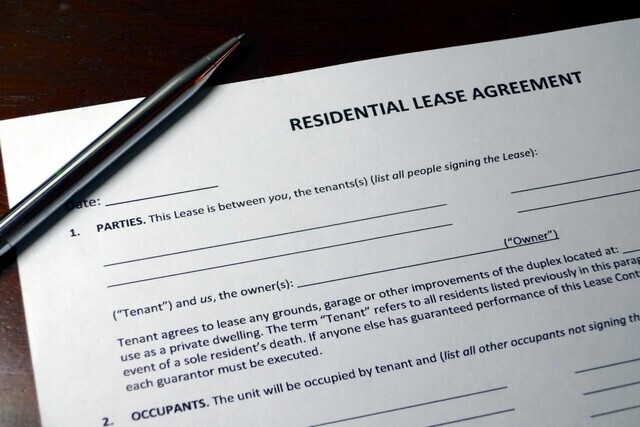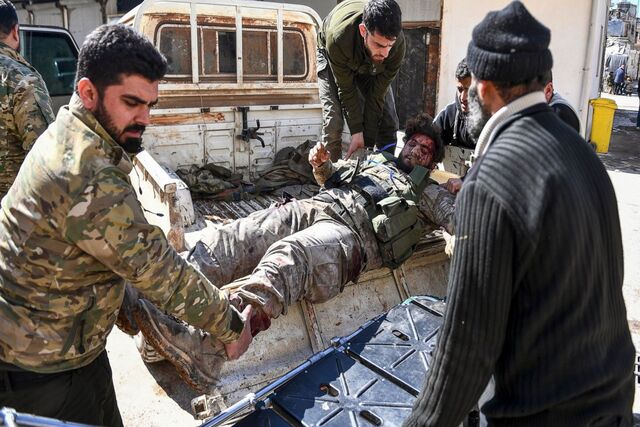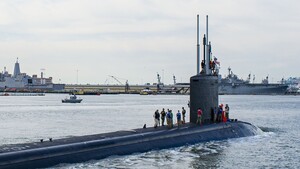Despite the US’s continued support for Israel, numerous attacks on US interests have taken place in the region. Since Israel’s brutal military attack on the Gaza Strip on October 7, armed groups in the Middle East backed by Iran and the US are trading fire more and more in Syria.
Multiple attacks have been made on US sites in Syria and the neighboring country of Iraq. This has caused fears of a regional escalation, as Iran has warned against the rising death toll in Gaza. As of today, Israeli bombs have killed over 11,000 Palestinians over the course of almost 40 days.
What’s the latest on the attacks? How do they relate to what’s going on in Gaza? How could this get worse?
How big are the hits?
US military officials say that since the start of the Gaza war, groups backed by Iran have attacked US troops more than 50 times in Syria and Iraq. This week alone, there have been several attacks.
Rockets, missiles, and drones have been used in the attacks, which have caused only minor damage and have not killed any US troops.
The US government has told these acts to stop. It has also fired counterattacks, the most recent of which happened late Sunday night against two sites in Syria that were thought to be linked to Iran. One hit a training center near Abu Kamal, and the other hit a safe house near Mayadin. Both were in the eastern part of Syria.
The Pentagon did not say how much damage the strikes did, but the London-based Syrian Observatory for Human Rights (SOHR) said that eight members of militias backed by Iran were killed in the attacks. It was not possible for BBC to independently confirm the number, though.
Last week, US officials said that bombings in Syria and Iraq that began on October 17 had hurt at least 56 US soldiers. The injuries ranged from small cuts to traumatic brain injuries, but the Pentagon said that everyone was taken care of and went back to work.
Do the killings have anything to do with Israel’s war in Gaza?
US officials have tried to make it clear that the Pentagon’s attacks on groups backed by Iran have nothing to do with the Gaza war. They say that the US strikes are really just “self-defense” actions that were not planned with Israel.
Attacks by armed groups in the region have gotten worse over the past few years, especially since the US killed Iranian General Qassem Soleimani in 2020 in Iraq, where rebels backed by Tehran rule. The US has been responding to those attacks.
Israel, which is the US’s closest ally in the area, has also launched many attacks on Syrian land. Since October, it has hit airports in Damascus and Aleppo several times to reduce the threat that Iran-backed forces in Syria pose.
Since the war in Gaza began, Iran has warned many times that “new fronts” will be opened if Tel Aviv doesn’t stop bombing civilians in the besieged strip, and that these “resistance axis” forces, which include political and armed groups in the region that are linked with Tehran, may attack.
Since more than a month ago, Hezbollah in Lebanon has been fighting with Israeli forces along the border. The Houthis, who receive support from Iran, have frequently attacked southern Israel in Yemen.
The US has directly blamed Iran for the attacks, but Tehran says that other members of the axis act on their own, even though they all want to stop the US from being in charge in the area.
He said that the attacks by groups backed by Iran are part of the axis’s reaction to the war in Gaza. Azizi is a fellow at the German Institute for International and Security Affairs (SWP).
“Senior Iranian officials have said many times that the Islamic Republic believes that Washington’s support is the main reason why Israel can keep and expand its military operations in Gaza without being caught,” he told BBC News.
“It looks like Iran and its allies are trying to get the Biden administration to change how it is handling the war in Gaza by making it more expensive for the US and putting indirect pressure on Israel to stop attacking.” Besides that, he said that this shows how worried Iran and its allies are about the large increase in US military activity in the region over the past month, which includes new carrier strike groups, a nuclear submarine, and troops.




















